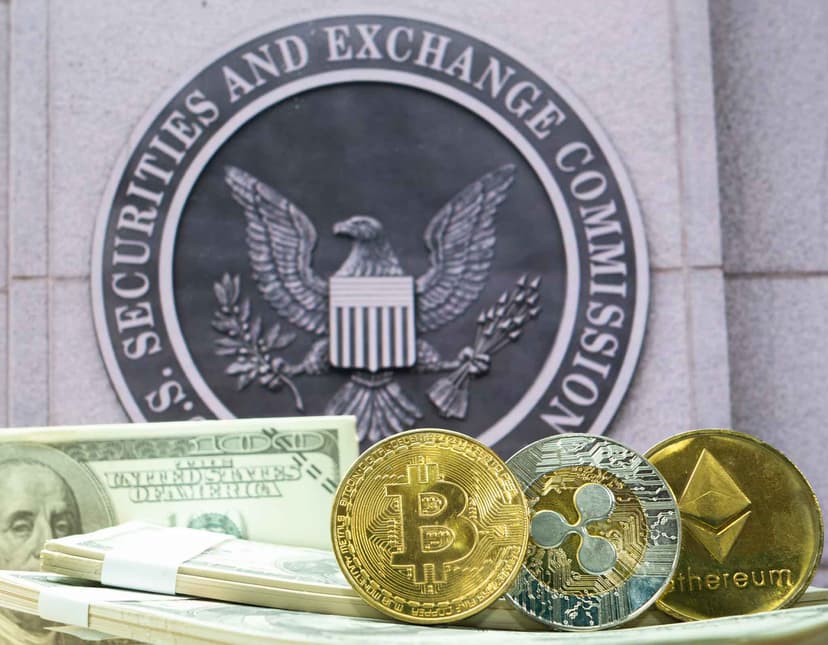

NEWS
Has Worst Of Bear Stock Market Passed?

Simpler Trading Team
In this article:
- Have inflation numbers peaked?
- Down dollar may push economy higher
- ‘Green’ signals in charts heading into fall
All the stock market needed to go gangbusters for a day was .6 percent.
A decline in the consumer inflation numbers sent the stock market higher mid-week.
The less-than-expected U.S. Consumer Price Index (CPI) numbers released before market open on Wednesday – while only down .6% – sent the market into a buying tizzy with all three major indexes moving higher.
Has inflation peaked as stock market rallies?
The CPI climbed by 8.5% in July, less than forecasts and down from 9.1% the previous month. Still, inflation is holding at 40-year highs.
The data release was enough to change the market sentiment in the mid-week trading session which felt like a buying free-for-all as the stock market surged.
In the market today, the Dow closed at 33,309.51 points to spike 1.63% (adding 535 points on the day). The Nasdaq surged to 12,854.80 points for a 2.89% rally while the S&P 500 jumped 2.13% to 4,210.24 points.
Can one day make a difference in where the market is headed? Despite the rally today, overall sentiment might not trust the buying spree.
“The biggest thing, and I hope it is common knowledge, is that inflation has peaked,” said John Carter, Founder of Simpler Trading.
John assessed that inflation peaked months ago, but it takes time for that to work through the system (CPI numbers always present data from past months).
An example is oil, which in past months was purchased at $120 and is being infused into the market based on previous higher levels. As cheaper oil (WTI Crude closed at $91.57 today) cycles through the system, then gas prices fall at the pump for consumers.
John also noted that market uncertainty is not yet over, despite any easing of inflation pressure.
“There are a lot of people who are super bearish here,” shared John. He noted that some are calling for the market to roll over and die, but that is not a given.
“I’m bearish here in the short term for a reversion to the mean, but I’m not super bearish,” John said.
He explained what he has noticed over the past year in monthly stock market patterns.
The caution is to watch as this market tends to rally – give or take a day or two – about the eighth day of the month and fall around the 19th of the month. This can all be quickly altered by unexpected news which the market doesn’t digest well. John has watched this “rally-and-fall” pattern happen over the last 11 of 12 months.
John also addressed trader conversations that the inverted yield curve is heralding recession. The inverted yield curve is the relationship between the 10-year and two-year treasury bonds.
Arguments swirl in the trading world that historically every time there is an inverted yield curve this signal is followed by a recession.
“Yes, I agree with that statement,” John said. “But, there’s never been a time when the 10-2 yield curve was inverted after the economy has been so strong.
“So the question is does that mean we’re going into a recession or we’re going from being a crazy economy back to normal?
“Don’t get me wrong, this ain’t a rosie market,” John said. “This is a trading market, not a buy-and-hold market.”
John encourages traders to stay focused on key elements of trading.
“In this market we’re here to trade,” John said. “We’re here to find ways to make some money out of this.”
Walt Disney Company may have sprinkled a little magic dust to keep the rally going when it reported earnings after hours today. Higher earnings than expected and a rise in subscriptions for the second quarter pushed Disney stock almost 7% higher after hours. Disney had closed at $112.24 on Wednesday, up. 3.98%.
Will the CPI and Disney earnings be enough to keep the market rallying?
“There’s always going to be stuff that’s happening… but the flow of the market is going to take place regardless,” John said.
The news can be good or bad, but bad news does not mean that the stock market is going to be down.
“This is something you want to tape to your wall,” John said. “The economy and the stock market are not related. Meaning, they trade about six months apart. Today’s headlines do not determine the closing price of the S&Ps.”
That being said, traders are watching for the release of U.S. Producer Price Index (PPI) numbers Thursday. PPI tracks the change in wholesale cost – the price of goods sold by manufacturers – and is another inflation metric.
Dollar down, economy moves up?
To combat any news-related market sentiment, John is keeping an eye on the U.S. dollar (DXY) and the Chicago Board Of Exchange (CBOE) Volatility Index (VIX).
Markets tend to trade lower if the dollar trades higher. The DXY closed down 1.07% at $105.24 on Wednesday. As mentioned previously in Simpler Insights, a lower dollar presents the possibility for a continued market rally.
John doesn’t believe the rise in the dollar is totally over, yet he’s looking for the dollar to possibly ease back closer to $100.
“A move down in the dollar is good for stocks, it’s good for the global economy,” John said.
The VIX – or “fear index” – isn’t an all-in-one market indicator, but Simpler’s traders use this as a tool to gauge market movement.
John pointed out that when the VIX is at or near 20 the odds increase for a spike higher in the market. The last time VIX climbed to 35 the market bottomed, and at 20 the market tends to hit a top.
Today the VIX went below 20 for the first time since April 4, closing at 19.74. The VIX is down almost 11% over the last five sessions.
‘Green’ signals heading into fall
Will this market rally and then tank like it has before this year and possibly even roll over and crash?
Anything can happen, but Raghee Horner, managing Director of Futures Trading, is focused on the internal data as her guide.
She summed up the end of summer with expectations for the first two weeks of August to be brutal before fall volatility kicks in. Volatility is a “trader’s environment.”
While Raghee is seeing “green” signals heading into the fall, she expects the market to be tricky for traders.
The Federal Open Market Committee has its next meeting in September with another expected raise in benchmark interest rates and plenty of politics in November.
Raghee is watching the internal market data that is “baked into the cake,” especially interest rates.
“The thing that moves the market is where are rates going to be?” Raghee said. “If rates are going to be in an area where we expected for most of the year… no surprises.”
Barring any added spike in interest rates (the last increase was .75% and the market expects the same in September), the worst is over, Raghee believes. Lower rates are the fuel of market strength, she said.
She pointed out how recession has been the talk of the economy and market participants for months, yet the market appears to be stair-stepping higher.
An example is the Nasdaq which has turned into an uptrend higher from lows in June. The Nasdaq is the only major index with this uptrend showing. The Dow and S&P 500 are not exhibiting the same strength.
The Nasdaq push higher is bolstered by the technology sector (which is weighted heavily in all three major indexes).
Strength in the Nasdaq comes with a caution. Along with the Dow and S&P 500, healthcare and financial sectors are also not in uptrends.
Raghee said the play here for traders is to be “selectively bullish.”
Backing up this line of strategy is the example of crude oil, which has organized into a downtrend. Crude oil can go lower even as the overall indexes move higher.
Market ‘prices in’ data, events
Simpler’s traders regularly point out that the stock market is good about “pricing in” data and events into expected movement six months from today.
While news of data releases such as inflation numbers and Federal Reserve actions are worth watching, in this market Simpler’s traders don’t trade the media headlines. They focus on price action and what has held up over market history and in recent months, such as the rally-and-fall pattern above.
Letting market action for today settle leads traders to find a way to adjust for tomorrow.


